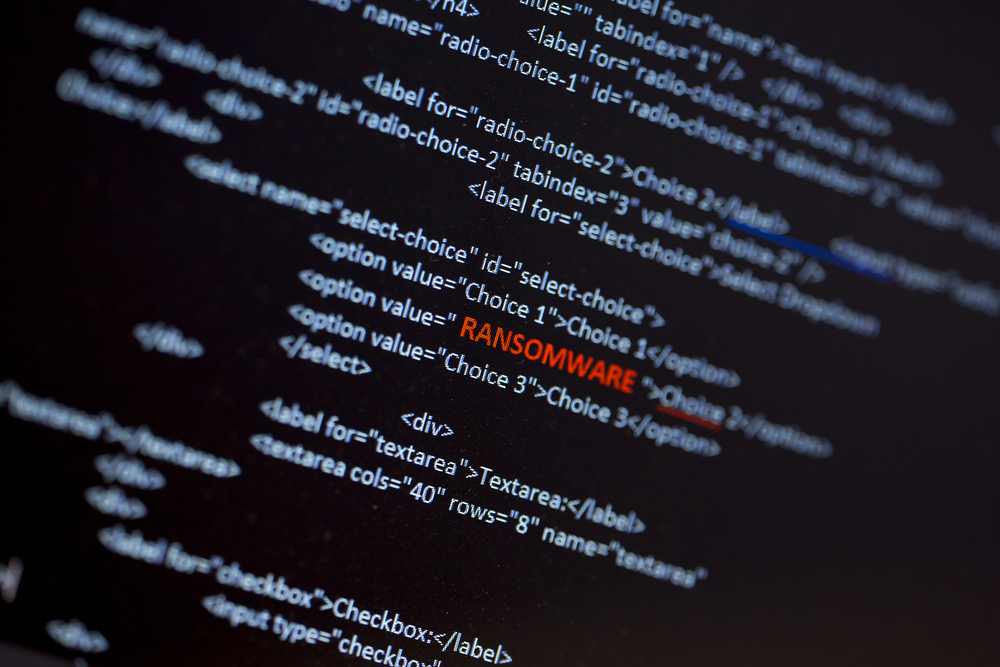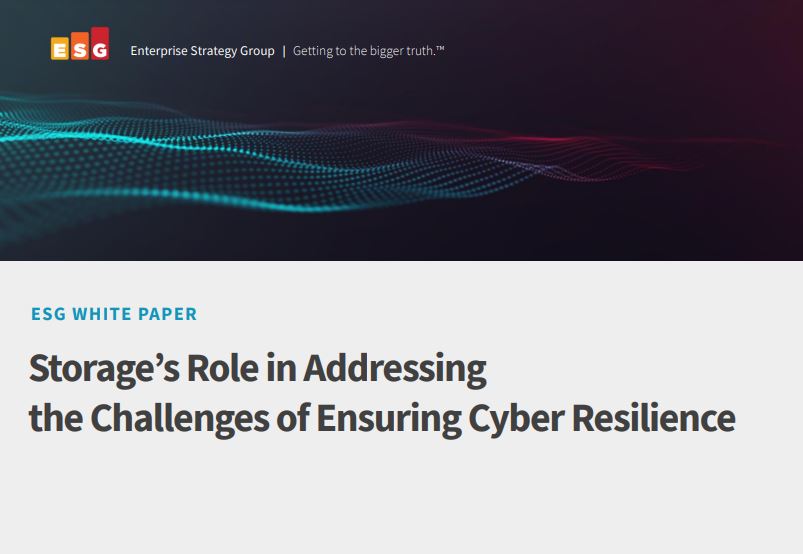Why are ransomware gangs pivoting to Rust?
The developer-favourite language is fast becoming a delight for ransomware criminals


A relatively new programming language on the scene, Rust was launched in 2015 and has quickly become a favourite not only for the pleasant experience it offers developers but also for the benefits it affords malware miscreants.
In the most recent 2022 Stack Overflow Developer Survey, Rust was, by far and away, the ‘most loved’ programming language among surveyed developers – a crown it’s claimed for seven years running since it was first released. Perhaps it came as no surprise, then, that Rust was also the language the most number of developers wanted to add to their repertoire, narrowly edging out Python.
This week, Microsoft revealed that the Hive ransomware group’s namesake payload has been almost entirely rewritten in Rust, moving away from Go – another favourite among malware and ransomware authors.
After BlackCat, Hive has become the second ransomware group this year to rewrite its program using Rust. This raises the question of what makes the industry-favourite language so appealing to ransomware gangs, specifically?
Rust’s killer duo of features
Safety first
Like many of the more modern programming languages designed to replace older ones, Rust claims to be “blazingly fast and memory-efficient” – much more than the likes of C and C++.
Microsoft’s analysis agrees, stating Rust offers better memory, data type, and thread safety over other languages. Memory safety is hugely important when writing secure software as memory-unsafe programs can lead to crashes. Ransomware strains also need to remain operational – to continue to lock users out of their systems – in order for the ransom demands to be valid. Memory-unsafe programs are also responsible for the majority of software vulnerabilities in non-malicious software, according to Okta.
Rust is an incredibly safe language thanks to its compiler that outright refuses to compile unsafe code by default, meaning developers who code ransomware using Rust won’t even be able to run it unless the program is guaranteed to run in a stable way.
Sign up today and you will receive a free copy of our Future Focus 2025 report - the leading guidance on AI, cybersecurity and other IT challenges as per 700+ senior executives
Evasive manoeuvres
Newer languages Like Rust and Go are thought to be better at disguising the ways in which they work from malware analysts. This, in turn, prevents them from being reverse engineered to release decryptors, which would kill its ability to generate business.
RELATED RESOURCE

Storage's role in addressing the challenges of ensuring cyber resilience
Understanding the role of data storage in cyber resiliency
Again, Rust’s compiler is to thank for this. Due to the comparatively complex way in which Rust code is compiled into machine-readable code, the language makes it difficult for analysts to view the inner workings of the program. Proofpoint said in one analysis that it has observed previous malware strains being rewritten in Rust to avoid detections based on features of the program written in C.
Rust is also a command line-driven language. The newer Rust version of Hive ransomware places different parameters in the command line which means things like the credentials required to access the ransom payment site cannot be accessed by analysts from the individual sample itself. The parameters in Hive are also being constantly updated, Microsoft said, and when coupled with string encryption, makes analysis increasingly difficult.
Examples of malicious Rust programs
Examples of major malware programs written in Rust date back to 2016, shortly after the language was released. Doctor Web researchers discovered a Linux backdoor trojan with functionality limited to just four commands sent over internet chat relay (IRC).
A year later, ESET published details of the TeleBots campaign that targeted Ukraine months before the NotPetya outbreak was observed. It used a pair of backdoors in order to compromise companies in the region, including one that was rewritten in Rust from Python.
As mentioned previously, Proofpoint also published its research into the re-writing of the Buer malware, the Rust iteration of which it named RustyBuer in 2021. The campaign saw the rewritten strain being distributed as part of phishing emails masquerading as shipping companies, and other associated campaigns purporting to be from the likes of logistics company DHL. The emails typically included links to download Microsoft Office documents that used macros to drop the RustyBuer malware - a technique that Microsoft continues to battle against today.
There are also the most recent examples from BlackCat and Hive, the first and second ransomware programs to be re-written in Rust respectively. BlackCat is a prevalent strain of ransomware that prompted the FBI to issue a security advisory warning against it earlier this year. According to Varonis Threat Lab, the group behind BlackCat has actively recruited developers from the now-shuttered REvil, DarkSide, and BlackMatter ransomware organisations – all of which are believed to be Russia-affiliated.

Connor Jones has been at the forefront of global cyber security news coverage for the past few years, breaking developments on major stories such as LockBit’s ransomware attack on Royal Mail International, and many others. He has also made sporadic appearances on the ITPro Podcast discussing topics from home desk setups all the way to hacking systems using prosthetic limbs. He has a master’s degree in Magazine Journalism from the University of Sheffield, and has previously written for the likes of Red Bull Esports and UNILAD tech during his career that started in 2015.
-
 Cybersecurity experts face 20 years in prison following ransomware campaign
Cybersecurity experts face 20 years in prison following ransomware campaignTwo men used their tech expertise to carry out ALPHV BlackCat ransomware attacks
-
 15-year-old revealed as key player in Scattered LAPSUS$ Hunters
15-year-old revealed as key player in Scattered LAPSUS$ HuntersNews 'Rey' says he's trying to leave Scattered LAPSUS$ Hunters and is prepared to cooperate with law enforcement
-
 The Scattered Lapsus$ Hunters group is targeting Zendesk customers – here’s what you need to know
The Scattered Lapsus$ Hunters group is targeting Zendesk customers – here’s what you need to knowNews The group appears to be infecting support and help-desk personnel with remote access trojans and other forms of malware
-
 Impact of Asahi cyber attack laid bare as company confirms 1.5 million customers exposed
Impact of Asahi cyber attack laid bare as company confirms 1.5 million customers exposedNews No ransom has been paid, said president and group CEO Atsushi Katsuki, and the company is restoring its systems
-
 The US, UK, and Australia just imposed sanctions on a Russian cyber crime group – 'we are exposing their dark networks and going after those responsible'
The US, UK, and Australia just imposed sanctions on a Russian cyber crime group – 'we are exposing their dark networks and going after those responsible'News Media Land offers 'bulletproof' hosting services used for ransomware and DDoS attacks around the world
-
 A notorious ransomware group is spreading fake Microsoft Teams ads to snare victims
A notorious ransomware group is spreading fake Microsoft Teams ads to snare victimsNews The Rhysida ransomware group is leveraging Trusted Signing from Microsoft to lend plausibility to its activities
-
 Volkswagen confirms security ‘incident’ amid ransomware breach claims
Volkswagen confirms security ‘incident’ amid ransomware breach claimsNews Volkswagen has confirmed a security "incident" has occurred, but insists no IT systems have been compromised.
-
 The number of ransomware groups rockets as new, smaller players emerge
The number of ransomware groups rockets as new, smaller players emergeNews The good news is that the number of victims remains steady
